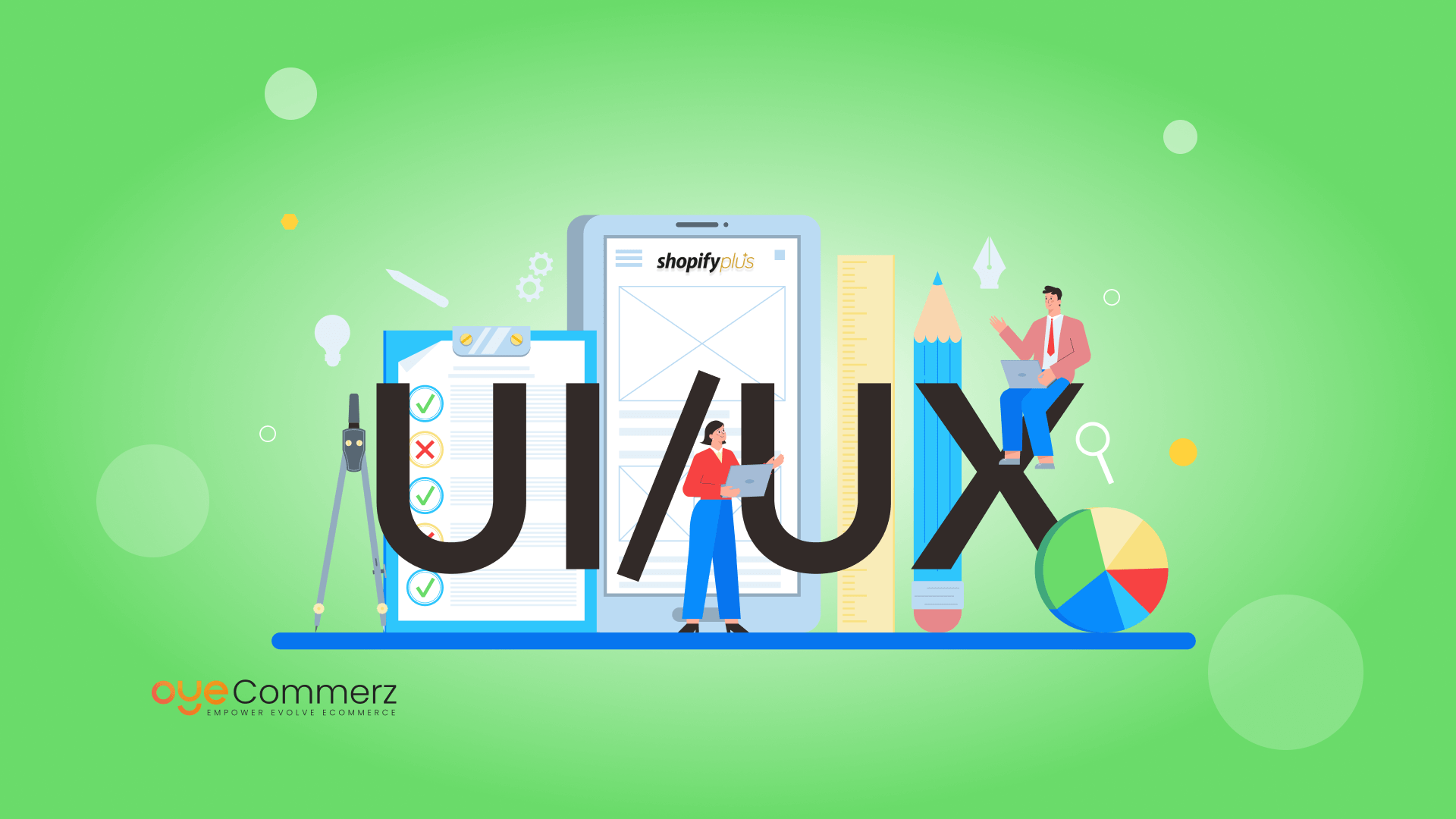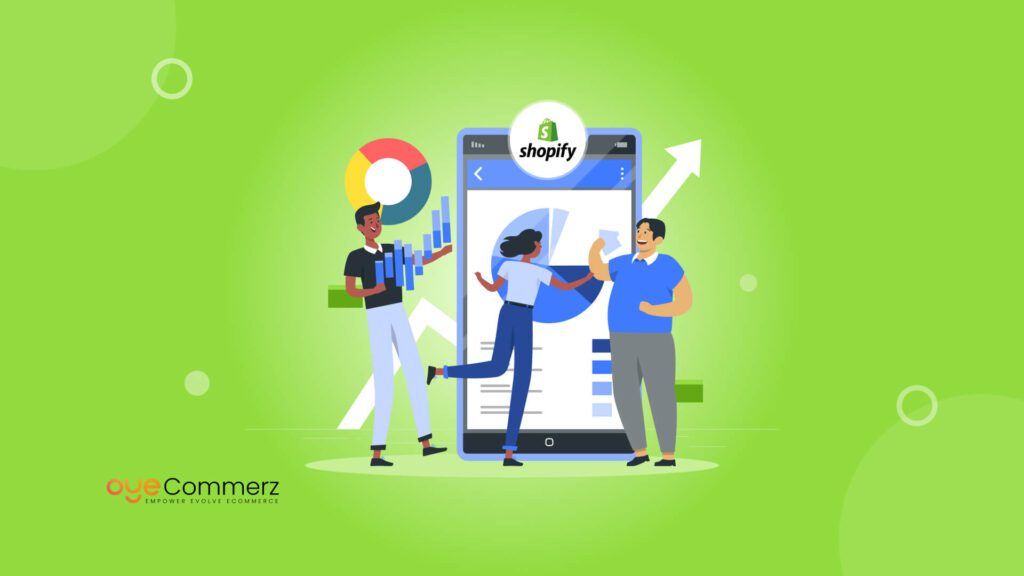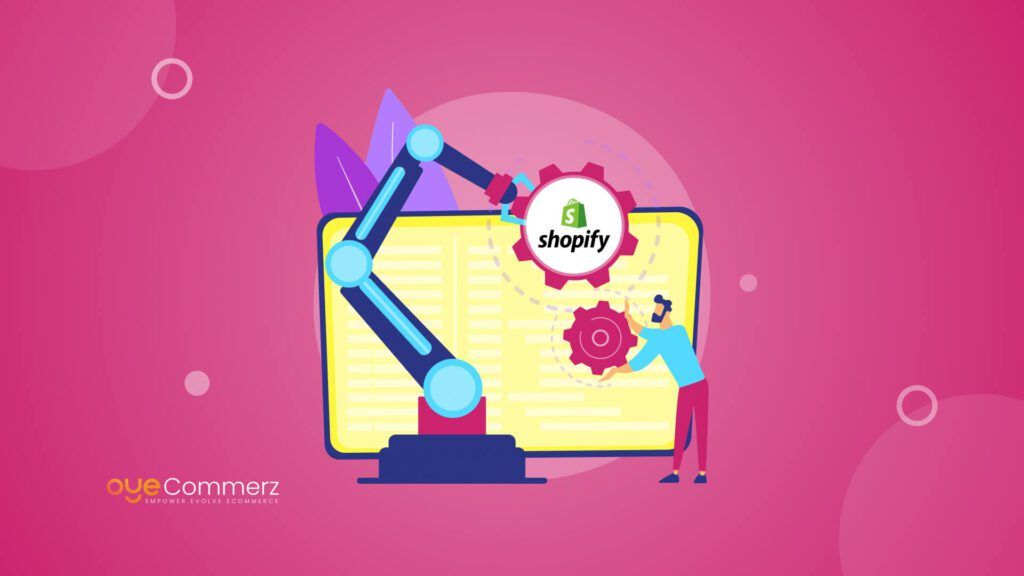In today’s competitive eCommerce landscape, having great products and competitive pricing isn’t enough. The success of your online store heavily depends on the role of UX/UI in Shopify Plus—how users experience and interact with your site. Shopify Plus is a leading platform for large enterprises, offering robust customization options through a comprehensive Shopify Plus Design service. However, even the most powerful Shopify Plus stores can fall short without an exceptional user experience (UX) and user interface (UI) design.
A visually appealing, smooth, and intuitive website is crucial for enhancing user satisfaction, boosting conversion rates, and ultimately driving revenue. In this blog, we’ll explore how UX/UI is integrated into Shopify Plus, the challenges it presents, and the opportunities this expanding field holds for the future.
Table of Contents
ToggleUX/UI in eCommerce – Basics
Usability and user interface design therefore are some of the most important foundations for any eCommerce website. UX comprises all the aspects that a user encounters as a result of interacting with the website inclusive of; navigation and the ability to locate the products. 83% of consumers believe that a seamless user experience across all devices is essential. In contrast, UI concerns the aesthetics of the website or site which are the layout, typography, color, and images that affect a user.
In separate concerns, UX/UI design does not mean making a beautiful website for eCommerce but leaves a trace of a well-coordinated series of activities for a customer. A good design of a site’s user interface makes users navigate through the website with ease while on the other hand, UX optimization means they get the information they want without much hustling. Combined, UX/UI either encourages or discourages the user from completing the purchase.
For those merchants using Shopify Plus, where the targets are greater and rivals more obvious, UX/UI design is not a luxury but a necessity. As customers are getting wiser, they desire convenient and customized omni-channel retailing. A Shopify Plus store that does not meet these expectations is in danger of being overtaken by competitors that offer better customer experience.
When choosing a Shopify Plus agency, ensuring they have a deep understanding of UX/UI design principles is crucial to staying competitive in this evolving landscape.
The Role of UX/UI in Shopify Plus Design
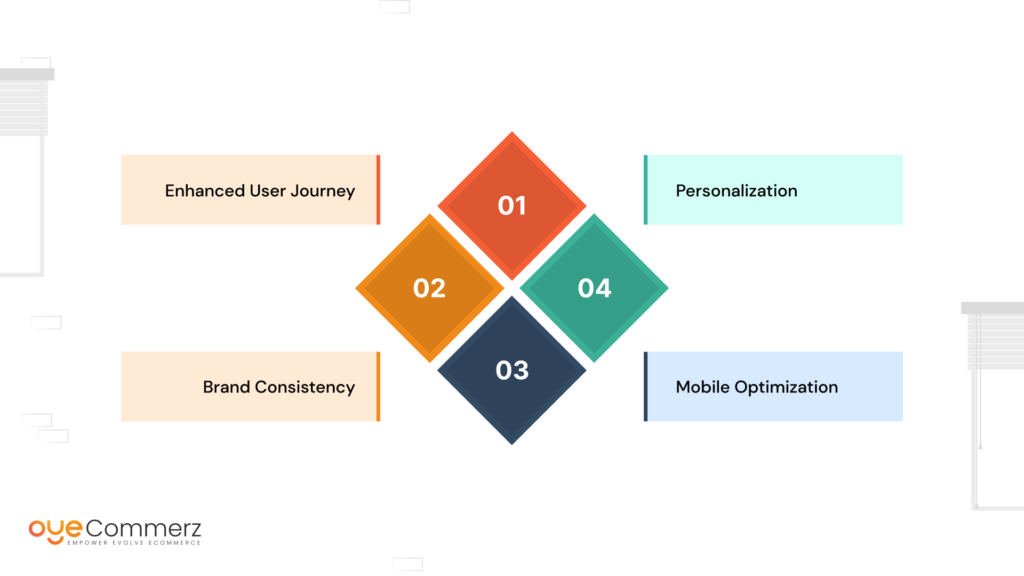
Shopify Plus is tailored for offering services to as many high-requirement clients as possible. Due to the modularity of its components, it is effectively useful in enterprise-level businesses. However, building a successful Shopify Plus store fundamentally depends on how well the UX/UI design meets the requirements of the customers.
1. Enhanced User Journey: Navigation in the course of shopping is incredibly important in Shopify Plus, and UX/UI design is the key to success here. According to the psychology of sales, from when a visitor arrives at the homepage to the point he/ she decides to check out, all the aspects of the site must be designed in such a way that the sale process is smooth. Clarity in the navigation system, control and simplicity in organizing products, and clear information about the product are some of the best UX/UI elements.
2. Brand Consistency: An integrated design also means that all the interfaces that a customer or client will come across when interacting with your Shopify Plus store will be a representation of your brand. Brand identity entails the application of constant colors, fonts, and a collection of images and these are some of the ways of making certain your audience gains trust in your brand. This element is consistent throughout the site which besides improving the outlook also helps in delivering a more, ‘polished’ experience.
3. Mobile Optimization: As more customers utilize their mobile devices to purchase goods online, Shopify Plus stores must consider a mobile-first approach to UX/UI design. The use of a fluid layout so that a organization’s website design can fit any screen makes it possible for users, shoppers in this instance, to enjoy an excellent online shopping experience across their computers, tablets, and mobile phones.
According to Research, Mobile users are 5 times more likely to abandon a task if a site isn’t mobile-optimized.
4. Personalization: To be specific, Shopify Plus provides tools to transform stores that can enable personalized shopping experiences. The main features with high value for customers can be considered as an application of UX/UI design and it’s using personalized elements like product recommendations based on the history of a customer’s browsing or using content that changes depending on a customer’s actions.
Effects of UX/UI on Performance
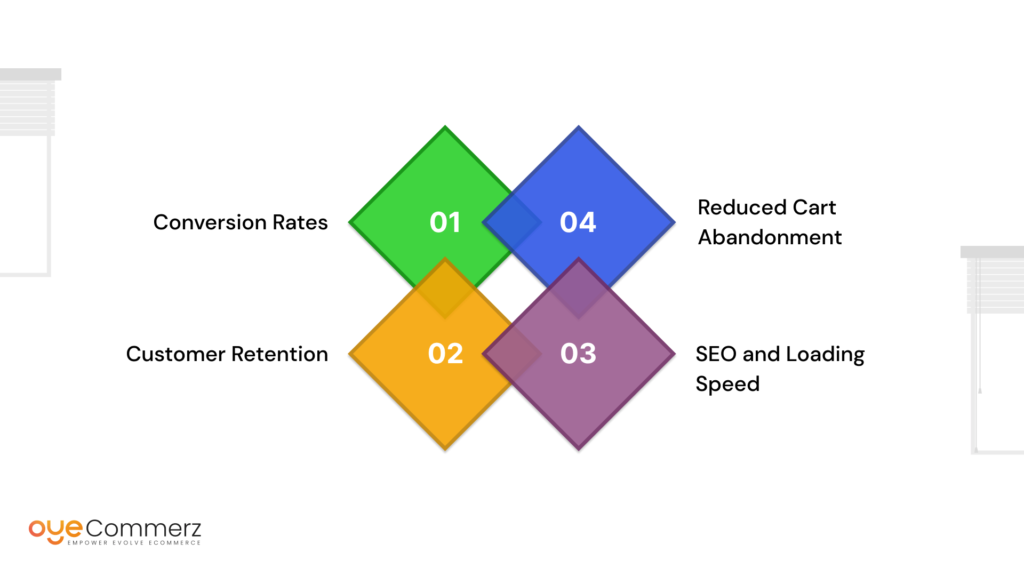
There is a tremendous influence of UX/UI on the performance of the Shopify Plus store. Despite this, if an organization’s design is done properly it is likely to result in increased conversion, improved customer loyalty, and more sales. Here’s how:
Conversion Rates: A simple design of the interface reduces all the potential hindrances to a purchase, for example, numerous complications of the website’s structure or long and tiresome checkouts. These factors as eliminated by efficient UX/UI hence the friction points directly improve on the conversion rates enjoyed by the product.
For instance, when the number of steps needed to complete a purchase is shortened, or when multiple payment options are made available, customers are more likely to through the complete check-out.
Customer Retention: We know that First Impressions are not the last impressions when it comes to product and service purchases, but clearly, UX/UI is right there for the ride on the repeat purchase. Making the user’s experience to be positive keeps them coming around and makes them associated with the brand. The benefits for the customers are wish lists, convenience in restocking, and targeted content that would make them appreciate and come back again.
SEO and Loading Speed: A proper UX/UI design enhances the SEO of the website. Google and other search engines factor in the so-called ‘user experience signal’ such as the mobile-friendliness of the website and its speed. A Shopify Plus store that has a website design that loads quickly and is mobile friendly, will most likely receive better rankings in the search engine listing and thus get more visitors through the organic search results.
Furthermore, faster page loading also implies lower bounce rates because users are less likely to leave a site if it loads fast.
Reduced Cart Abandonment: It is one of the primary concerns of all the online stores that sell products over the Internet. This can be caused by a bad Interface design where users are lost on the website, switched off before they get down to the business of ordering a product. Dealing with the usual UX/UI complaints – such as hidden prices, or extra shipping fees, or a confusing checkout flow, Shopify Plus stores may bring down the cart abandonment rate and up the sale.
A report from Walmart suggests a direct correlation between improved loading times and conversion rates, highlighting a 2% increase in conversions for every second of improvement.
UX/UI Mistakes to Avoid on Shopify Plus
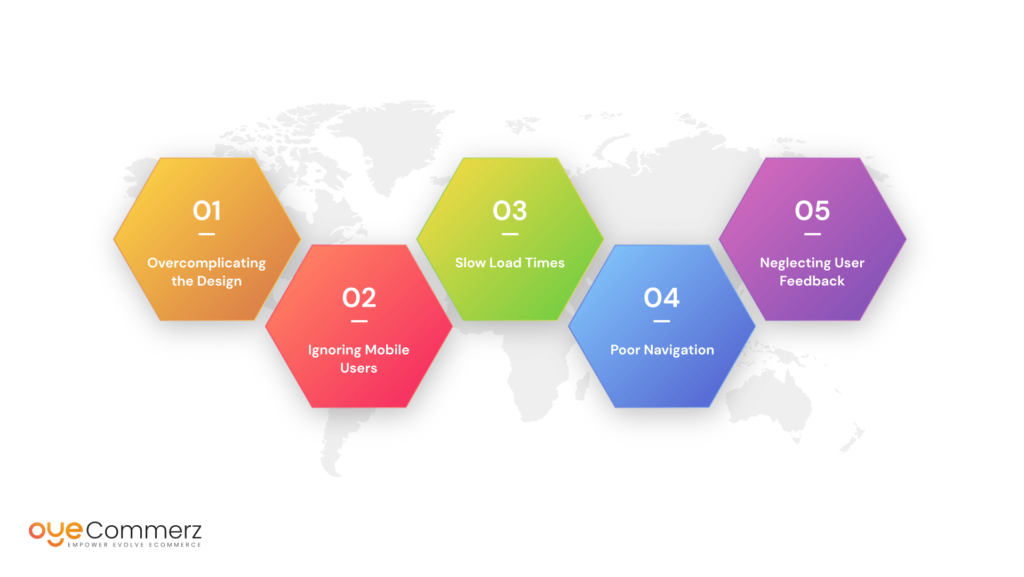
As much as one would like to produce perfect work, sometimes there are errors in UX/UI. Most of these errors have a severe effect on the performance of the Shopify Plus store. Here are some common pitfalls to avoid:
- Overcomplicating the Design: Although making the site design visually appealing is a plus, doing too much of it and cramming it with so many features only makes it confusing to users. The first effect of an untidy design is that the users get lost and are not able to locate what they are looking for easily.
However, one should avoid cluttering the interface and make sure all the details are as comprehensible as possible.
- Ignoring Mobile Users: As stated before, making sure websites are optimized for mobile devices is a must. The thing is that ignoring the mobile aspect is likely to result in the loss of a considerable number of viewers. Make sure the Shopify Plus store is fully responsive to provide a good experience on any device your customers use.
- Slow Load Times: Slow website speed may result in high bounce rates and irritated users who leave the website. A slow-loading website can also deter users and increase bounce rates. Reducing image sizes, employing CDN, and minimizing code are some that can be followed to achieve fast-loading pages that are friendly to use.
- Poor Navigation: If the user is not able to find the content he or she is on the lookout for, then such a person or a user is not going to spend much time within that given site. The easy and comprehensible structure of the site’s shell contributes to a favorable perception of the site. Don’t make Foodshot complicated like not having simple categories in the menu and not having certain details linked in two or three clicks.
- Neglecting User Feedback: User feedback is extremely helpful to determine the problems a software causes, and where it can be improved. Failure to act on this feedback can cost the company a valuable chance to improve the usability of the application it provides to its users. Collect the data and view it systematically to identify the feedback of the users to make the right design decisions.
Shopify Plus and the Future of UX/UI
User experience and user interface design is a field of constant change, and therefore competition in e-commerce can only be warded off by adapting to the ever-changing environment. As technology advances and consumer expectations shift, enhancing customer experience on Shopify Plus becomes crucial. Here are some trends shaping the future of UX/UI in Shopify Plus development:
AI-Driven Personalization: Machine learning or artificial intelligence has become almost mainstream in eCommerce, especially in providing customer experience. With the use of AI in developing the UX/UI, the design can even learn in real-time the habits of the users to avail the interface that is suited to the preference of the said user. These levels of personalization can go a long way for any website and can improve overall users’ interaction and thus increase conversions.
Voice-Activated Interfaces: Voice-activated interfaces are being integrated into eCommerce because of advancements in smart speakers and voice assistant devices. Adding functionalities of voice search and voice navigation in Shopify Plus stores can make it easier and more convenient for store users to shop.
Augmented Reality (AR) and Virtual Reality (VR): Virtual and augmented reality technologies are shifting the interaction paradigm of users with social sites, especially eCommerce sites. Virtual product fitting, different angles of the product view, and interactive shopping experiences are a few possibilities that can be developed by Shopify Plus stores and help to enhance UX/UI.
Accessibility: With the awareness of digital accessibility becoming more popular the UX/UI designs of the products will take into consideration accessibility for disabled persons. Making your Shopify Plus store accessible is in itself a social responsibility but it also increases the reach of your business.
Take Your Shopify Plus Store To The Next Level with OyeCommerz!
At OyeCommerz, we specialize in creating custom UX/UI designs that not only captivate your audience but also drive results. Our team of experts understands the unique challenges of high-volume eCommerce and is dedicated to crafting solutions that enhance user experience, boost conversions, and build brand loyalty. Don’t let your Shopify Plus store fall behind the competition.
Partner with the best shopify Plus development agency to unlock the full potential of your online business. Whether you’re looking to revamp your existing site or build from scratch, we’re here to help.
Contact to Migrate your Site to Shopify Now
Conclusion
In such a competitive environment as modern eCommerce, the significance of UX/UI in Shopify Plus design cannot be overestimated. The look and feel of your store, and the user experience and interface, do more to improve beauty, conversion, loyalty, and search rankings than most things you can do to your store. When evaluating a Shopify Plus design agency, understanding how to evaluate a Shopify Plus design agency’s portfolio is crucial. Shopify Plus merchants are in a better position to avoid common design mistakes so that their stores not only conform to but also go beyond the expectations of their clients.
Though the advancement of the digital marketplace will continue in the future, improving UX/UI design will always be significant for the long-term success of the business of eCommerce.

